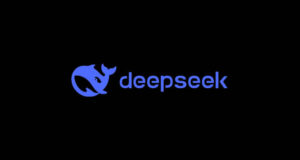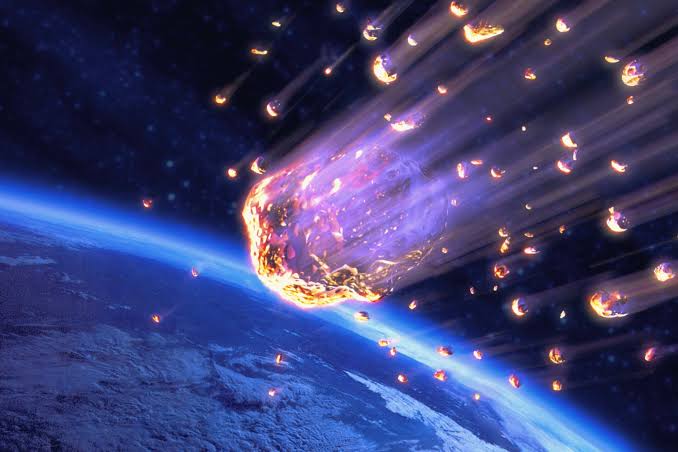July promises to be an exciting month for stargazers, with two meteor showers and the moon passing by some of the most iconic planets in our solar system, including Jupiter, Saturn, Uranus, and Mars. Here’s a guide to what you can expect and when to look up.
Meteor Showers: The Delta Aquariids and Perseids
July kicks off with the Delta Aquariids meteor shower, which starts to become visible around July 12. This meteor shower is known for producing faint, medium-speed meteors. According to the Royal Observatory Greenwich, the Delta Aquariids will peak around July 30, providing a good show for those patient enough to watch the skies.
A meteor shower occurs when Earth passes through a trail of debris left by a comet. For the Delta Aquariids, this debris is believed to come from Comet 96P/Machholz, a sungrazing comet about four miles wide that orbits the sun every five years. As the comet approaches the sun, the heat causes it to shed small bits of rock and dust. When these bits enter Earth’s atmosphere, they burn up, creating the streaks of light we see as meteors.
Later in the month, the Perseids meteor shower will begin, starting around July 17 and peaking between August 12 and 13. NASA describes the Perseids as the “best meteor shower of the year,” known for their bright meteors with long, colorful trails. During the peak, you can expect to see between 50 and 100 meteors per hour, making it a must-see event for skywatchers.
The Moon and Planetary Encounters
In addition to meteor showers, the moon will be making close passes to several planets throughout the month, creating opportunities for some spectacular views. The Royal Observatory Greenwich has highlighted a few key dates for these celestial events.
On July 24, you’ll be able to spot Saturn near the moon. Saturn, with its stunning ring system, is always a treat to see through a telescope or binoculars.
Then, just after midnight on July 30, the moon will be near Uranus and the Pleiades star cluster. The Pleiades, also known as the Seven Sisters, is a beautiful cluster of young blue stars that can be seen with the naked eye. Just to the left of this grouping, you’ll also be able to spot Mars and Jupiter low on the horizon. Jupiter, the largest planet in our solar system, and Mars, known for its reddish hue, will add to the celestial spectacle.
Weather Considerations
Of course, all this celestial activity depends on clear skies. The weather forecast for July suggests a mix of conditions, so it’s a good idea to keep an eye on local forecasts and plan your stargazing sessions accordingly. Clear, dark skies away from city lights will provide the best viewing conditions.
Preparing for Your Stargazing Adventure
To make the most of your stargazing experience, here are a few tips:
Find a dark location away from city lights.
Allow your eyes to adjust to the darkness for at least 20 minutes.
Bring a blanket or reclining chair to comfortably watch the sky.
Use a stargazing app to help identify stars, planets, and constellations.
With the Delta Aquariids and Perseids meteor showers lighting up the sky, along with the moon’s tour past some of the night sky’s most iconic features, July offers a fantastic opportunity to reconnect with the wonders of the universe. So, mark your calendars, prepare your gear, and enjoy the celestial show!











